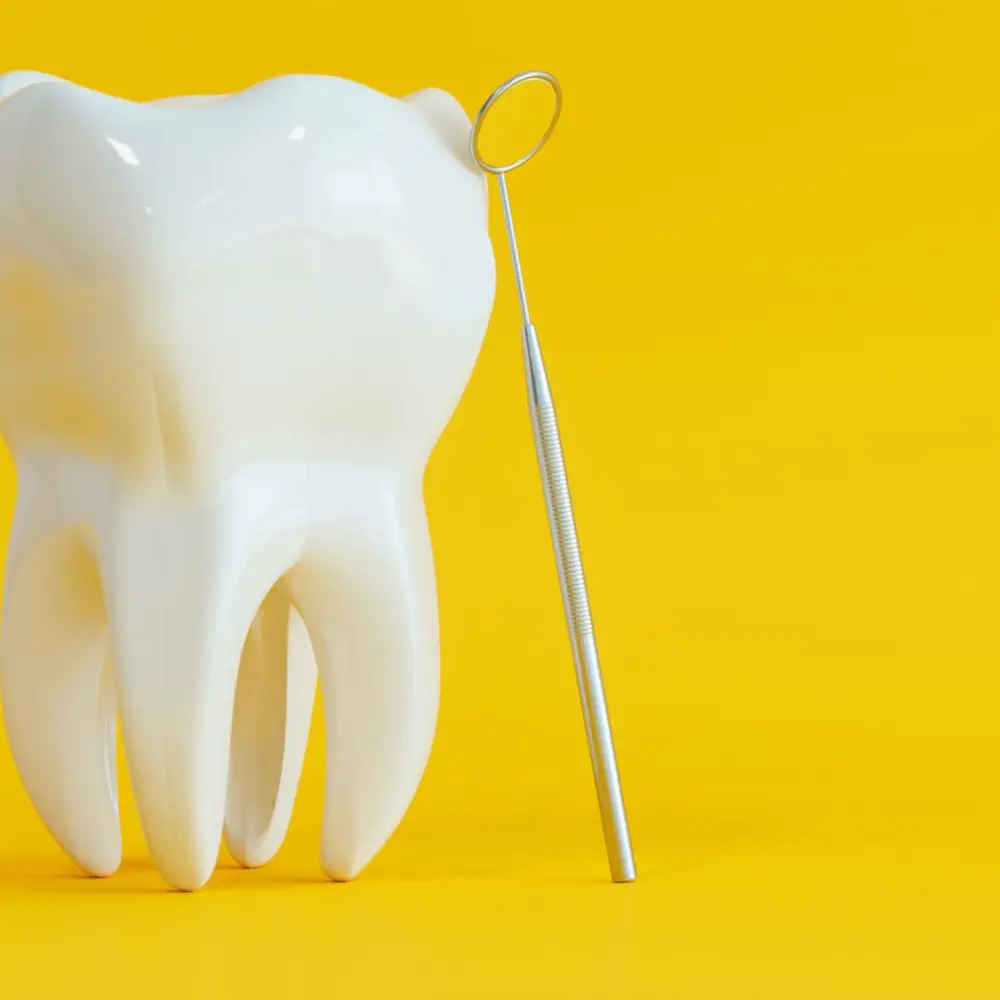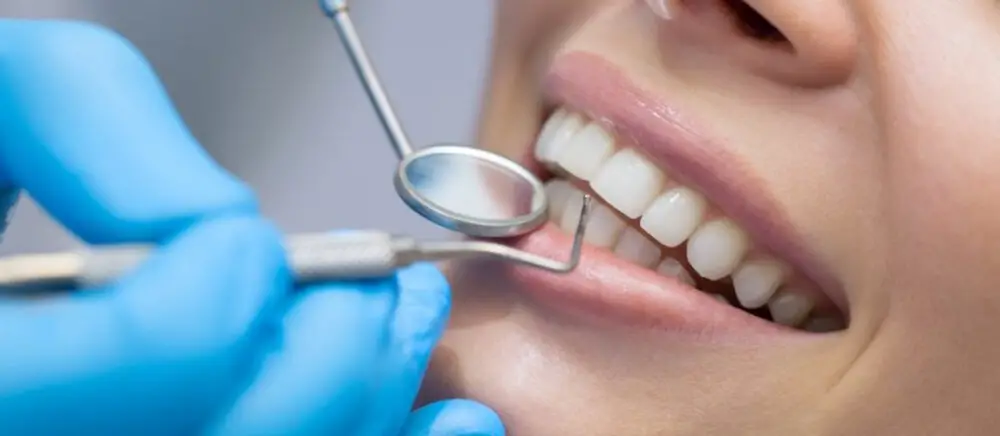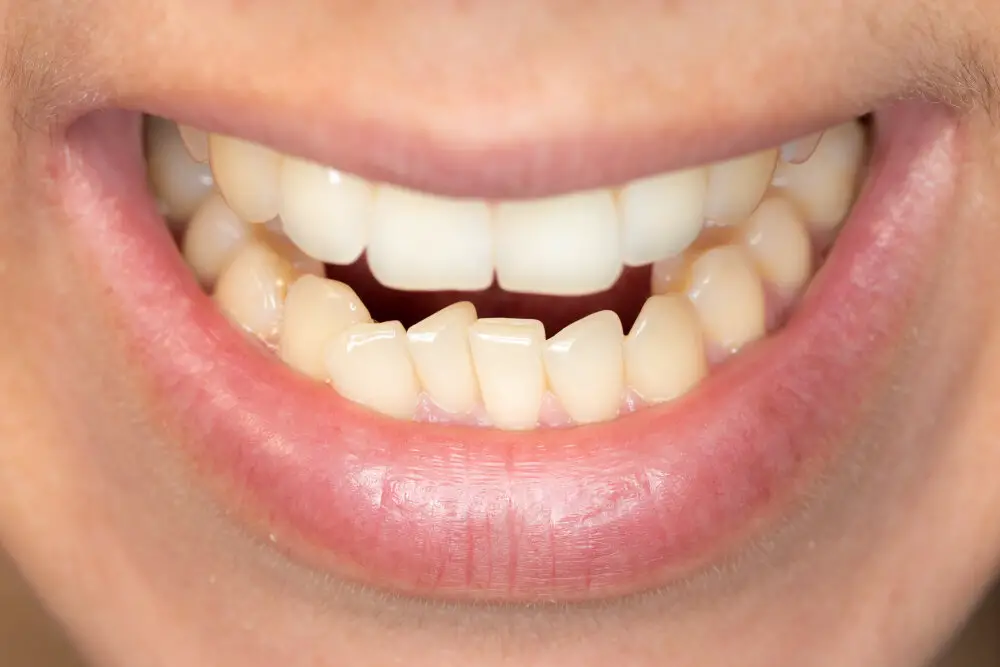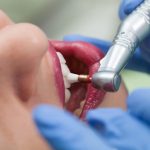Straw Use After Wisdom Teeth Removal: When Can You Safely Sip Again?

Wisdom teeth extraction is a common dental procedure that many people undergo in their lifetime. After the surgery, patients are advised to take special care of themselves, especially their oral hygiene. One of the questions that frequently arises after wisdom teeth removal is when it is safe to use a straw to drink liquids. Many people wonder if using a straw can cause any harm to the surgical site or delay the healing process. In this article, we will explore the topic of straw use after wisdom teeth removal and provide some helpful tips on when you can safely sip again. Using a straw after wisdom teeth removal can be a tricky business. On one hand, it can be a convenient way to drink liquids without having to open your mouth too wide or risk spilling. On the other hand, the suction created by the straw can potentially dislodge the blood clot that forms in the extraction site, leading to a painful condition known as dry socket. Therefore, it is essential to understand the risks and benefits of straw use after wisdom teeth removal and follow your dentist’s instructions carefully. In the following paragraphs, we will discuss the factors that determine when it is safe to use a straw, the risks of straw use, and some alternative ways to stay hydrated during the recovery period.
Wisdom teeth removal is a common procedure that involves removing one or more of the four permanent molars located at the back of the mouth. This procedure is often necessary when the wisdom teeth become impacted or cause dental problems. After the surgery, it is important to take proper care of the extraction site to ensure a smooth and successful recovery. This includes avoiding activities that may dislodge the blood clot, such as using a straw, smoking, or brushing aggressively. Proper recovery also involves eating soft foods, using ice packs to reduce swelling, and taking prescribed pain medication as directed. Following these guidelines can help prevent complications and ensure a speedy recovery.
Straws are often used by people after wisdom teeth removal to help them drink fluids without causing any discomfort. However, the use of straws should be avoided for at least the first few days after the surgery as the suction created while sipping through a straw can cause dislodging of the blood clot that forms in the tooth socket. This can lead to dry socket, a painful condition that can delay the healing process. Once the initial healing phase is over and the blood clot has formed properly, using a straw becomes safe again. It is important to consult with your dentist or oral surgeon to determine when it is safe for you to start using a straw again after wisdom teeth removal.
Why Shouldn’t You Use Straws After Wisdom Teeth Removal?

After wisdom teeth removal, it is crucial to avoid using straws as they can have adverse effects on the healing process. The suction that is created when using a straw can dislodge the blood clot that forms in the socket where the tooth was removed, leading to a painful condition called dry socket. This happens when the bone and nerves are exposed, and it can delay the healing process by several days or even weeks. The act of sucking through a straw can also cause damage to the stitches, which can lead to bleeding and infection. Therefore, it is essential to follow your dentist’s advice and avoid straws for at least a week after wisdom teeth removal. Furthermore, activities like smoking, spitting, and blowing your nose can also create a suction that may dislodge the blood clot and delay the healing process. It is crucial to avoid these activities for several days after the surgery to ensure a smooth recovery. Instead, you can use ice packs to reduce swelling and pain, rinse your mouth gently with warm saltwater, and eat soft foods like mashed potatoes, soup, and yogurt. By following these guidelines, you can help the healing process and avoid complications like dry socket, infection, and bleeding. Remember, your dentist is your best source of information on how to care for your mouth after wisdom teeth removal, so don’t hesitate to ask questions and seek advice.
Using a straw after wisdom teeth removal can have negative consequences on the healing process. Sucking on a straw creates a vacuum effect in the mouth, which can dislodge blood clots and delay the formation of new ones, resulting in a painful condition known as dry socket. The negative pressure can also cause gum tissue to be pulled away from the extraction site, slowing down the healing process and increasing the risk of infection. Additionally, the act of sucking can create pressure on the jaw, which can cause discomfort and lead to further complications. To avoid these negative effects, it is best to wait until the mouth has fully healed before using a straw again.
After wisdom teeth removal, patients may experience potential complications such as dry socket and delayed healing. Dry socket occurs when the blood clot at the extraction site becomes dislodged or dissolves before the wound has a chance to heal. This can be extremely painful and may require additional treatment. Delayed healing, on the other hand, can occur if the patient does not follow proper aftercare instructions or if there is an underlying health condition that slows the healing process. It is important for patients to closely monitor their symptoms and follow their dentist or oral surgeon’s instructions to minimize the risk of these complications.
How Long Should You Wait to Use Straws After Wisdom Teeth Removal?

After wisdom teeth removal, patients should avoid using straws for at least 24-48 hours. The sucking motion of using a straw can cause a negative pressure in the mouth, which can dislodge the blood clot that forms in the socket where the tooth was extracted. This blood clot is essential for healing, protecting the socket and promoting the growth of new tissue. Dislodging the clot can lead to a painful condition called dry socket, which can delay the healing process and require additional treatment. It is important to follow your dentist’s instructions carefully to ensure proper healing after wisdom teeth removal. After the first 24-48 hours, patients can begin gently rinsing their mouth with warm salt water to promote healing and reduce inflammation. They can also gradually introduce soft foods into their diet, taking care to avoid chewing near the extraction site. It is best to wait at least a week before using straws again, or until your dentist gives you the green light. By following these guidelines, patients can minimize their risk of complications and ensure a smoother recovery after wisdom teeth removal.
After wisdom teeth removal, it is crucial to follow the post-operative instructions given by your dentist or oral surgeon. One of the most important recommendations is to avoid using straws for a certain period. This is because the suction created when using a straw can dislodge the blood clot that forms in the socket where the tooth was removed. Dislodging the blood clot can result in a painful condition known as dry socket, which can delay the healing process. The recommended recovery period before using straws can vary depending on the individual case, but it is typically advised to wait at least 24-48 hours after the surgery before using a straw. This will allow the blood clot to form and stabilize, reducing the risk of dry socket and promoting proper healing.
Individual recovery time after wisdom teeth removal can vary due to a variety of factors. Age, overall health, and the complexity of the extraction can all affect the healing process. Additionally, smoking, poor oral hygiene, and certain medications can slow down the healing process. It’s important to follow post-operative instructions carefully, including avoiding drinking from a straw or spitting forcefully, as these actions can dislodge the blood clot and delay healing. Ultimately, it’s best to consult with your dentist or oral surgeon to determine when it is safe to resume normal activities, including using a straw.
Alternatives to Using Straws After Wisdom Teeth Removal

After wisdom teeth removal, it is important to avoid using straws as the suction can dislodge the blood clot that forms in the socket. This can lead to a painful condition known as dry socket. However, there are plenty of alternatives to using straws that can help you stay hydrated and nourished after the procedure. One alternative to using straws is to drink from a cup or glass. Sipping slowly and carefully can help prevent any discomfort or pain caused by the extraction site. If you are experiencing pain or swelling, you can try using a cold compress on the outside of your cheek for 20 minutes at a time. Another option is to eat soft foods such as yogurt, applesauce, or mashed potatoes, which can be easily consumed without the need for a straw. By following these alternatives, you can ensure a smooth recovery after wisdom teeth removal without any complications.
If you’re looking for alternative ways to consume liquids without using a straw, there are several options available. One option is to use a small spoon or a spork to scoop up the liquid and bring it to your mouth. Another option is to use a reusable silicone or metal straw that can be cleaned and sanitized between uses. For thicker liquids, such as smoothies or milkshakes, using a wide-mouthed cup or mug can be helpful. Additionally, drinking from a cup or glass with a lid can help prevent spills and make it easier to control the flow of liquid. Overall, there are many creative and effective ways to consume liquids without straws, and finding the method that works best for you can help make your recovery after wisdom teeth removal as comfortable as possible.
Using alternative methods for drinking after wisdom teeth removal can provide numerous benefits as opposed to using straws. Firstly, using straws can create negative pressure in the mouth, which can potentially dislodge the blood clot that forms over the extraction site, leading to a painful condition known as dry socket. Utilizing alternative methods such as drinking from a cup or eating food with a spoon can help prevent this from occurring. Additionally, using straws can also cause unnecessary strain on the jaw, which can exacerbate post-operative discomfort. By opting for alternative methods, patients can minimize the risk of complications and ensure a smooth recovery process.
Using a straw after wisdom teeth extraction may seem like a harmless act, but it can have negative consequences. Firstly, the sucking motion can dislodge the blood clot that forms over the extraction site, leading to a painful condition known as dry socket. Secondly, the pressure created by the straw can cause the wound to open up, leading to bleeding and delaying the healing process. Additionally, the bacteria present in the straw can introduce infections to the wound, causing further complications. Therefore, it is recommended to avoid using a straw for at least a week after wisdom teeth removal to ensure proper healing and avoid any potential complications.
Following recovery guidelines after wisdom teeth removal is crucial for your overall health and wellbeing. While it may be tempting to resume normal activities and indulge in your favorite foods and drinks, it’s important to remember that your body needs time to heal. Ignoring recovery guidelines can lead to complications such as infection, bleeding, and prolonged recovery time. It’s also important to follow instructions for pain management and oral hygiene to ensure proper healing. By taking the time to follow recovery guidelines, you can help ensure a smooth and successful recovery and get back to your normal routine as soon as possible.
After considering all the factors, it’s clear that the use of straws during recovery from wisdom teeth removal is not recommended. The suction created by using a straw can dislodge the blood clot, leading to painful dry socket. Additionally, the pressure from sucking can cause swelling and delay healing. While it may be tempting to use a straw to make sipping easier, it’s important to prioritize proper healing and follow the post-operative instructions provided by your dentist. Instead of using a straw, try sipping slowly from a cup or using a syringe to irrigate the extraction site. By being patient and allowing your body to heal naturally, you can ensure a smoother and more comfortable recovery.
Conclusion

In conclusion, wisdom teeth removal is a common procedure that can leave patients feeling uncomfortable and sore for several days. One of the most important things to consider during the recovery period is the use of straws. While it may be tempting to sip through a straw to avoid discomfort, doing so can actually prolong the healing process and increase the risk of complications. Therefore, it’s best to avoid using straws for at least a week after wisdom teeth removal, and instead opt for other methods of hydration and nourishment. By following these guidelines, patients can ensure a smooth and successful recovery from their wisdom teeth removal procedure.






